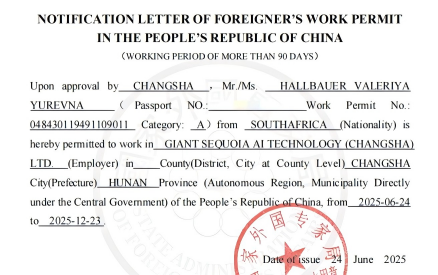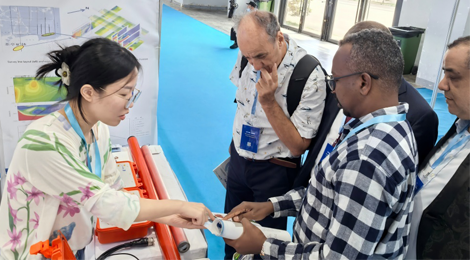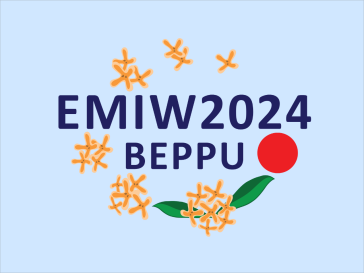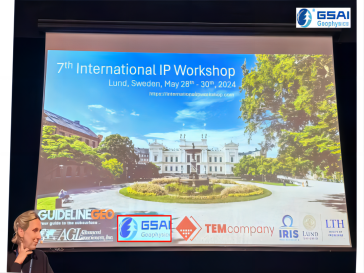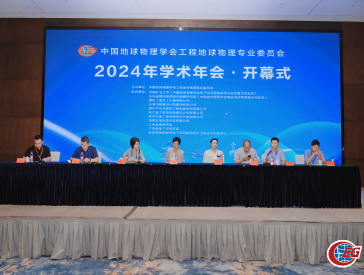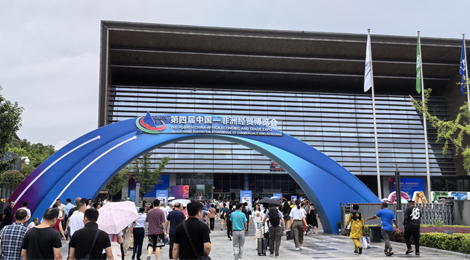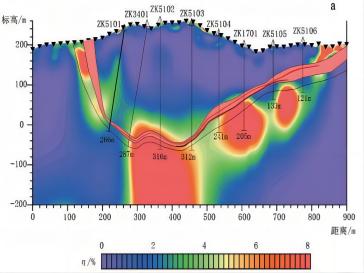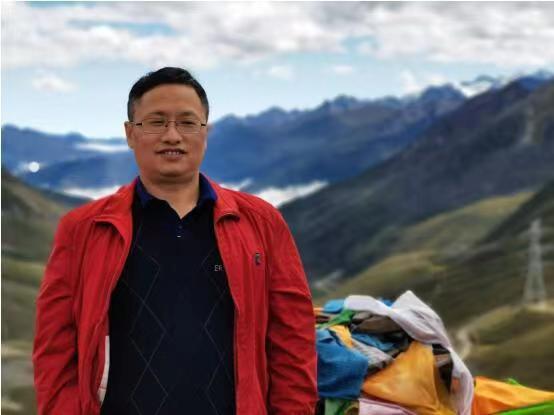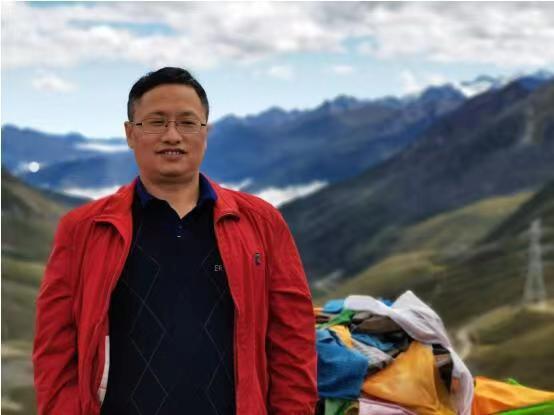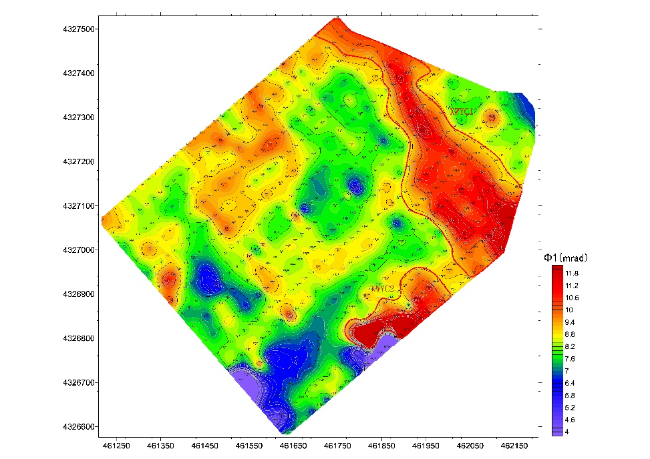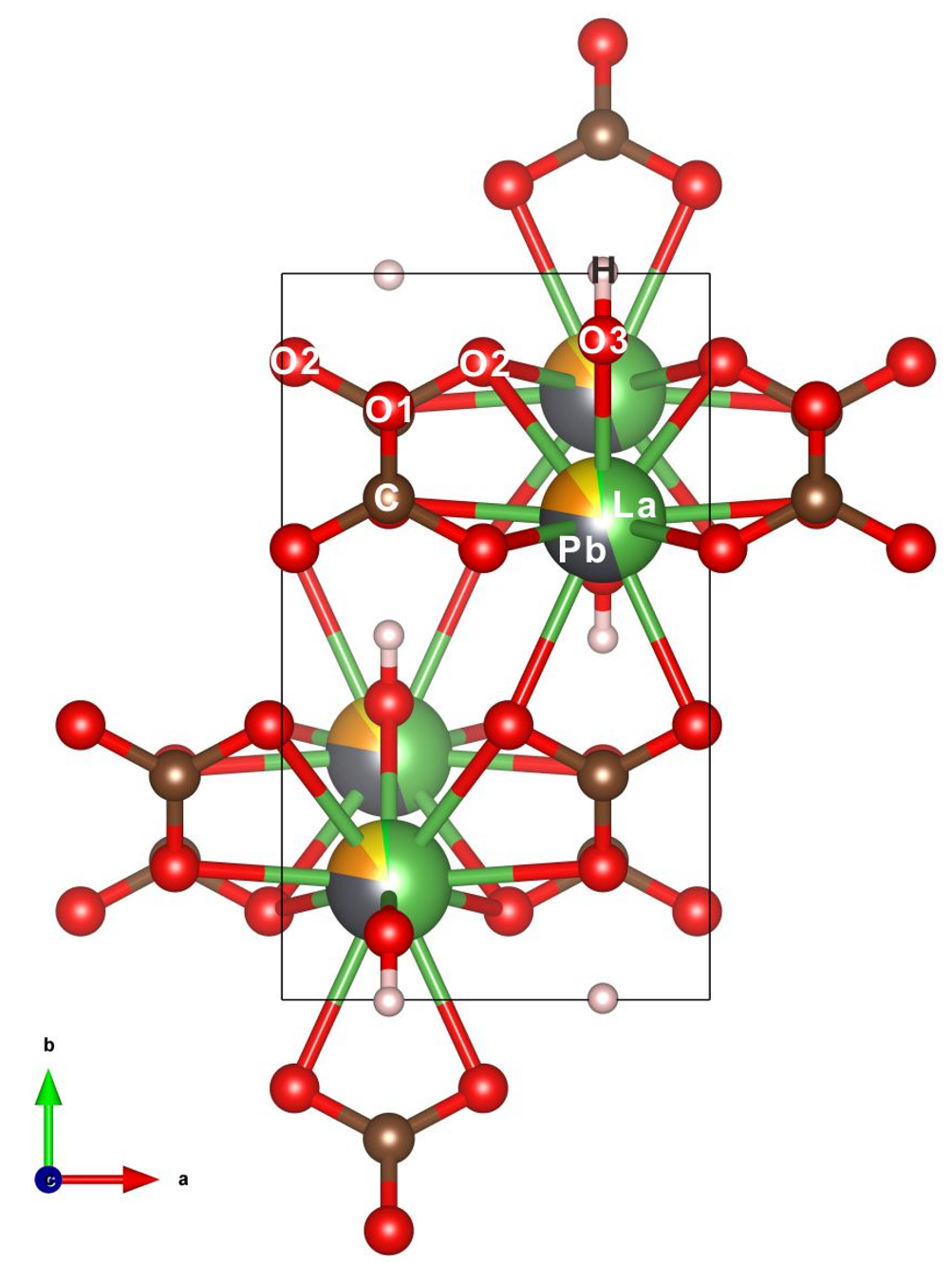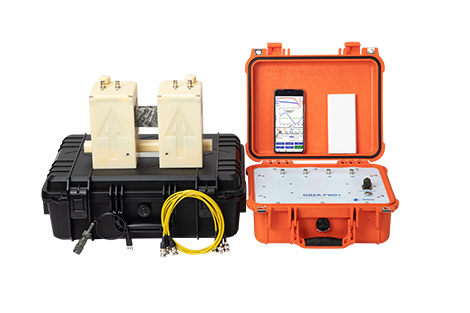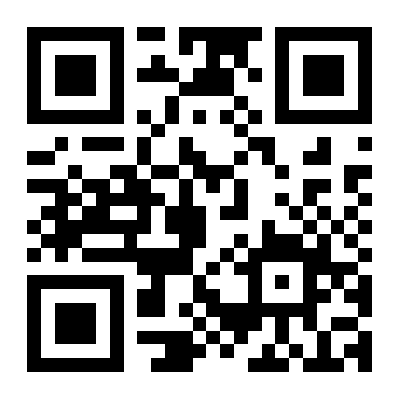GSAI Sponsored and participated in the 26th International Electromagnetic Induction Workshop
The 26th International Electromagnetic Induction Workshop (EMIW2024, https://www.emiw.org/emiw2024/) will be held from September 7 to September 13, 2024, at the B-Con Plaza in Beppu, Japan. This workshop is organized by the Sixth Division of the International Association of Geomagnetism and Aeronomy, the Society of Geomagnetism and Earth, Planetary and Space Sciences (SGEPSS) (co-hosts), and the local organizing committee for EMIW2024.
The International Electromagnetic Induction Workshop EMIW is the premier conference for researchers worldwide to exchange the latest developments in the electromagnetic field of geophysics. The conference is mainly open to experts and scholars from scientific research institutions around the world, as well as enterprises and government departments in many other fields, as well as junior scientific researchers and graduate students. The conference mainly discusses the use of electrical and electromagnetic methods to detect the interior of the earth, as well as geothermal, mineral, Oil, gas and groundwater exploration, groundwater and environmental resource assessment, geological disaster monitoring, etc.

This seminar held a total of nine focused sessions and seven keynote speeches.
The nine meetings focused on the following themes:
1. Instrumentation, data acquisition and processing
2. EM theory, modelling and Inversion
3. EM methods for exploration (geothermal, mineral resources, etc.)
4. Tectonics and geodynamics, including magmatism
5. Monitoring: of GICs, environmental, tectonic and geomorphological hazards
6. Marine and airbone EM
7. Electrical rock properties: computer, laboratory and field experiments, including anisotropy
8. Global, planetary and source field studies
9. EM induction education and outreach

The seven keynote speeches revolved around the following themes:
1. New developments in marine EM/MT
2. EM on and around Japan
3. Data science and machine learning in EM
4. EM on volcanic islands
5. EM on other planets/planetary bodies
6. Temporal variability of EM transfer functions
7. Imaging of super-critical fluids

GSAI showcased five major series of instruments at this seminar: Anti-interference broadband magnetotelluric instrument GSEM-W10, Spread spectrum IP acquisition system GS2IP-FW10, Broadband rock/ore specimen complex impedance analyzer GSZA-FW01, 3D high-resolution EIT system GSEIT-384, and Near-surface high-resolution TEM system GSTEM-MIMO. This was also the first time GSAI GSTEM-MIMO product was presented at an international exhibition overseas. Researchers and experts show deep interests in the latest TEM instruments.

Valeriya, an authoritative professor from Russia focused on transient electromagnetic research (pictured left), engaged in an in-depth discussion with our technical team about the GSTEM-MIMO, Near-surface high-resolution TEM system independently developed by GSAI over the past ten years. She raised three topics: how to improve the quality of the AMT dead band, how to evaluate the inversion results of electromagnetic methods, and how to assess the inversion results of volcanic monitoring research using electromagnetic methods. This technical exchange and collaboration will drive the continuous optimization of our instruments, enhancing their stability and effectiveness.

GSAI transient electromagnetic instrument is based on advanced technologies such as a high-performance SiC MOSFET inverter circuit, full-cycle dual-channel acquisition circuit, three-dimensional integrated transmission and reception coils, FPGA data preprocessing algorithms, an intelligent APP control system, and multi-channel data fusion. These innovations enable high resolution, efficiency, and reliability in shallow transient electromagnetic detection. The integrated small coils overcome the slow decay issue of traditional small coils and address the mutual inductance problem between the transmission and reception coils. At a low current of 1.5A, the turn-off time is in the microsecond range, while at a high current of 14A, the turn-off time is 38 microseconds. The sampling rate can reach up to 2.5Msps, providing wider bandwidth and richer data. The multi-transmit and multi-receive data fusion technology ensures high-precision acquisition throughout the entire cycle. The Android App-based control system facilitates efficient operation, mapping, and data storage. This equipment is suitable for mineral exploration, groundwater/geothermal exploration, karst and mined-out area exploration, urban underground space exploration, and transportation and hydraulic engineering exploration.

Meanwhile, professors from various universities, geothermal exploration scholars, and industry experts expressed strong interest in our ground electromagnetic instrument, spread electric excitation instrument, and full waveform impedance analyzer. Discussions covered the anti-interference algorithm of anti-interference broadband magnetotelluric instrument GSEM-W10, the field construction efficiency of IoT observations, the effective detection depth of Spread spectrum IP acquisition system GS2IP-FW10, how to distinguish between ore and non-ore, the observation systems used in the field, the frequency ranges covered by the GSZA-FW01 impedance analyzer, the design principles of sample racks, the mobile app interfaces for each series of instruments, and related existing project cases.

GSAI is dedicated to developing tools for the exploration of both metallic and non-metallic minerals, detection of groundwater and geothermal resources, investigation of geological structures such as karst areas, mined-out zones, and landslides, exploration of oil and gas resources, and fundamental research on volcanoes, earthquakes, microbial activity, and bird reef evolution, using electrical and electromagnetic methods.

Looking forward to the future, GSAI Geophysics will continue to expand overseas markets and contribute to global resource surveys, disaster monitoring, and deep earth research. At the same time, we welcome and look forward to cooperating with you to create a better vision.

